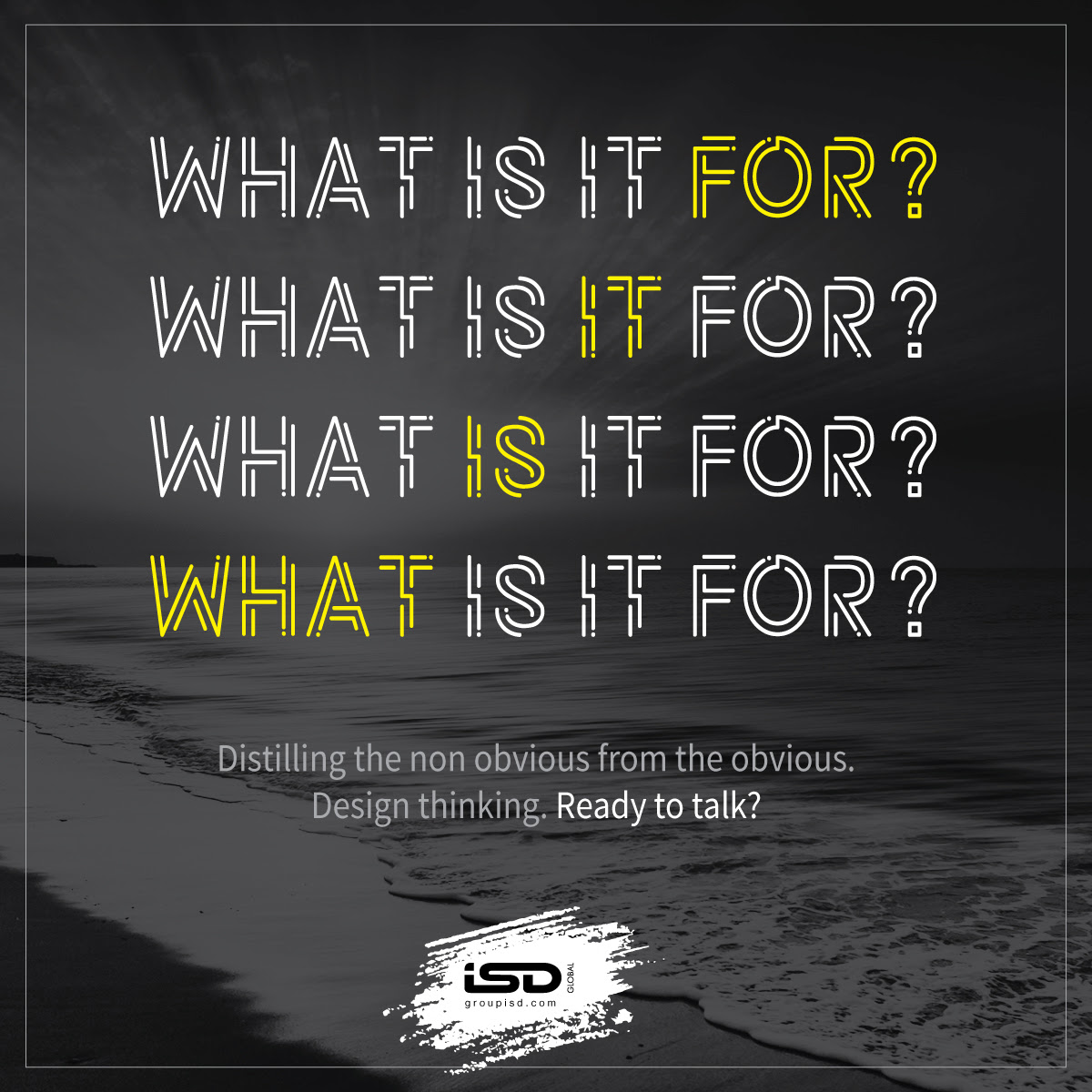Back in the 20th Century, the CEO job was rather predictable. When her role was primarily to optimise business as if it were a machine- making sure the supply chains, the value chain, the manufacturing process and the marketing channels, all combined to delver maximum output at minimal cost.
That is not to say the above are unimportant. Efficiency and delivering solid returns still matter, of course, but the old methods of getting there are threatened. Neither are they good enough for us to face the present and most certainly the future. Given where we are today where we are witnessing the most volatile, dynamic and disruptive business climate the world has ever known.
Competing well and at the highest level calls for tenacity, resilience, creativity and dollops of AQ( Agility Quotient). This calls for a brave new brand of leadership and a helicopter view without getting into the trenches will tell you that thinking like a designer has become sine qua non.
Some years ago ‘ core competence ‘( a shout out to Gary Hamel) was to maintain manufacturing dominance in core products. Cut to today where core competence has moved the needle to customer obsession, agility, resilience, all of which are intrinsic to a designer’s craft. When you design a new product, service or experience, you are working on prototypes based on the needs and desires of the customer and creating something that is agile or flexible enough to pivot quickly to ensure continued relevance.
Consider Airbnb. To them, designing for trust is everything. After all you are expected to go into a stranger’s home and spend a few nights there. And the host is inviting a complete stranger into his home too. This need for a leap of faith makes trust a cornerstone of Airbnb’s design process. Familiarity breeds contempt(?), while reputation breeds respect and trust. In the case of Airbnb, a high reputation was defined as 10+ positive reviews. The way they do it is by making sure the host and guest reviews are revealed only after both sides have left one. That incentives both host and guest to leave reviews(in order to get one) and makes leaving truthful reviews easier by eliminating the chance of the other side giving you a bad review just because you left a bad one.
I would urge you to listen to Joe Gebbia’s TED Talk titled How Airbnb designs for trust.
Another example is the automobile industry. The model was once to sell cars and get people to drive cars . That said, today the concept of mobility is completely different and very fluid. Now, car companies are designing for driverless cars and deliveries, for ride sharing, for multi-modal commutes, and for high-efficiency electric vehicles. That calls in the need to look at urban infrastructure, urban planning, gas stations, parking lots, charging stations, looking at retail(how driverless delivery will pan out) and all of that. The automobile industry has been disintermediated from being just a mover of people in a hunk of steel from point A to point B.

A growing number of companies are building design into their core competency. That includes legacy companies like Ford, IBM etc. The message is clear- we are working together to create something magnificent and we will walk into an unknown future, side by side, together. Today the organisation itself is a ‘ design project ‘ where the metabolism runs faster.
Shifting the purpose of an organisation made for today to an organisation fit for tomorrow and beyond is the job of the CEO. And at it’s very fulcrum, it is a problem that requires design thinking.
